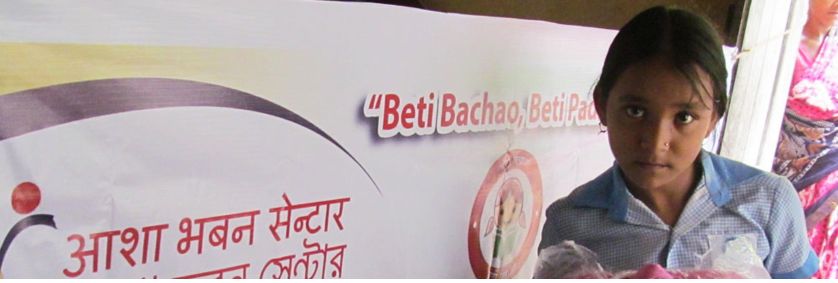Our Blog

How Gender Discrimination Is Affecting Rural Education System?
In India, the traditional gender roles have progressed from the previous regressive roles. These days, you can see women attend the same schools, colleges and universities. They can even land the same jobs as men. But this is the landscape in urban India. When we move on to the rural parts of India, we can see that gender roles haven’t changed. Gender politics is still prevalent and it dictates the fabric of the society. The effect of this gender disparity can be seen in the rural education system in India as well. Let’s look at how gender discrimination affects the quality of the rural education system in India.
- When you look at the number of female students versus male students, you will notice the number ratio is higher in favour of the male students. Even if under Article 21A, education is free in India below the age of 14, the ratio of female students in school remains on the lower side. This set the stage for gender-based inequality from the very beginning in the rural education system in India.
- If in a family there is a girl child and a boy child, the education of the boy child is much preferred. Families by nature are constructed in a patriarchal fashion which confines the role of women within the house. Thus, the education of women is not encouraged. This hugely impacts the rural education system in India.
- The dropout rate for women is much higher in comparison to men. One of the reasons can be due to the geographical distance from school. Primary schools are still quite densely established even in rural areas. However, the institutes for secondary, high secondary and even higher educational institutes are not located in close proximity. Women are not supported to venture far for their studies by all families. This is another way how rural education system in India suffers.
This is not the only woe that’s affecting the quality of rural education system in India . But to fight this evil, both government and non-government agencies are doing their best. The government provide incentives and scholarships and establishes girl-only schools to encourage more people to send their female wards to schools. NGOs organise awareness campaigns, pop-up schools, and even offer scholarships to keep girls in schools. With constant effort this evil that affects the rural Indian education system will soon be conquered. But to reach the day, the efforts must be supported by the society at large.
SHARE THIS
Leave a Comment
Latest Articles
-
What are the Challenges and Opportunities in Educa......
26th Nov, 2024 -
Effective Strategies the NGOs Adopt For Persons Wi......
18th Sep, 2024 -
How Do NGOs Proceed For CBR Through Community Mobi......
17th Sep, 2024 -
How Do NGOs For the Physically Disabled Support Th......
07th Jun, 2024 -
How NGOs Help Elevate The Condition Of PWDs?
18th Mar, 2024






